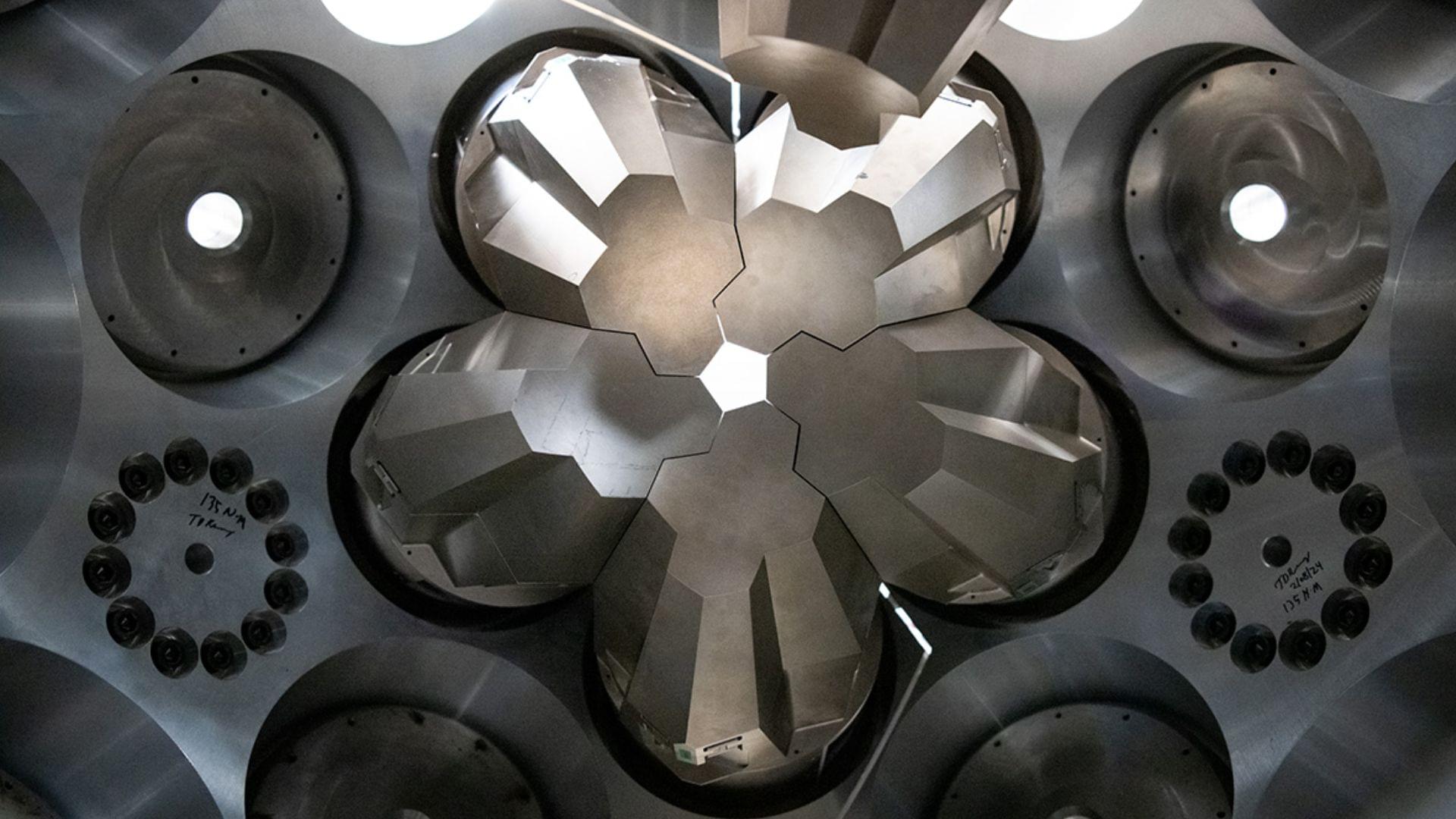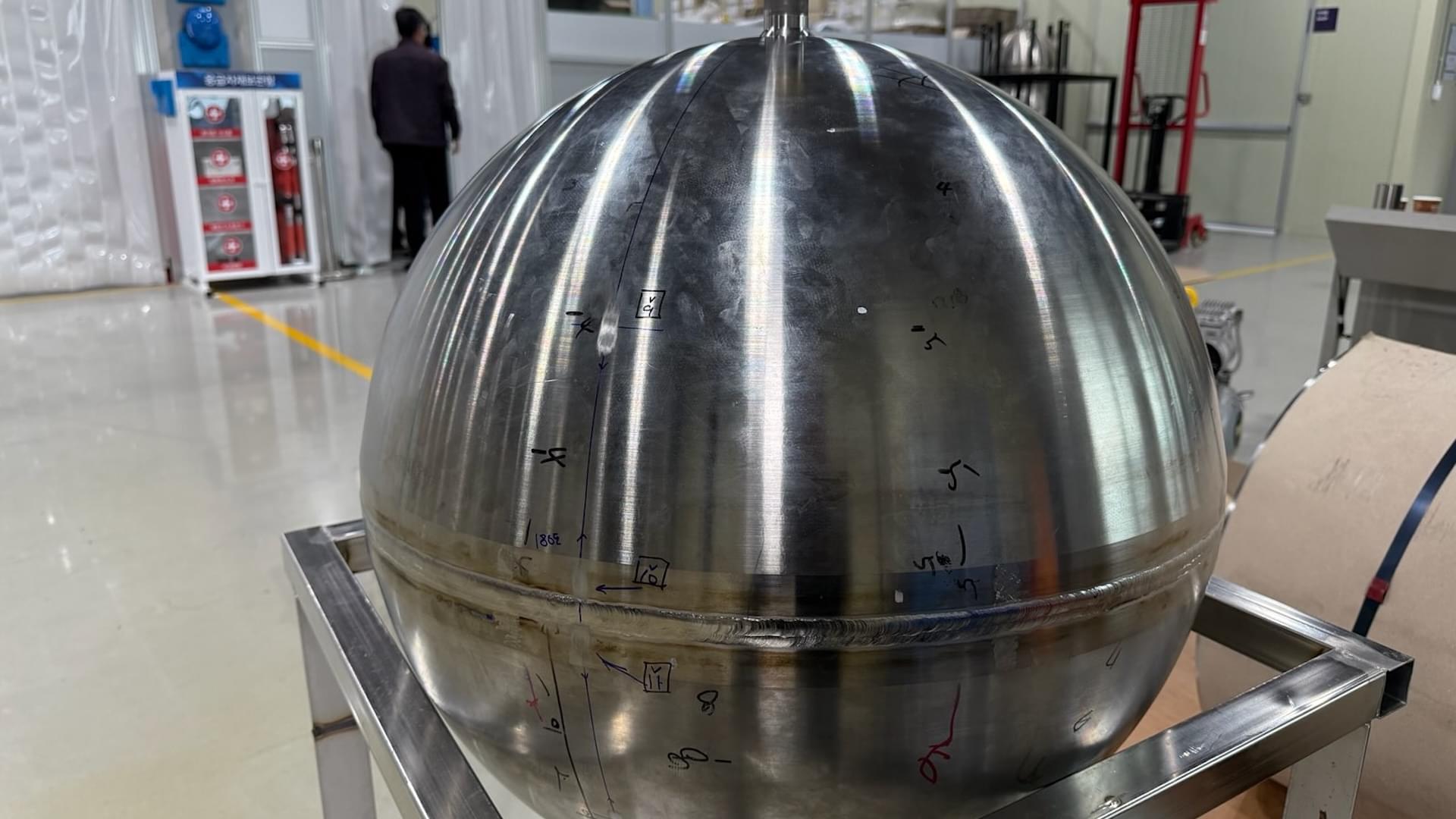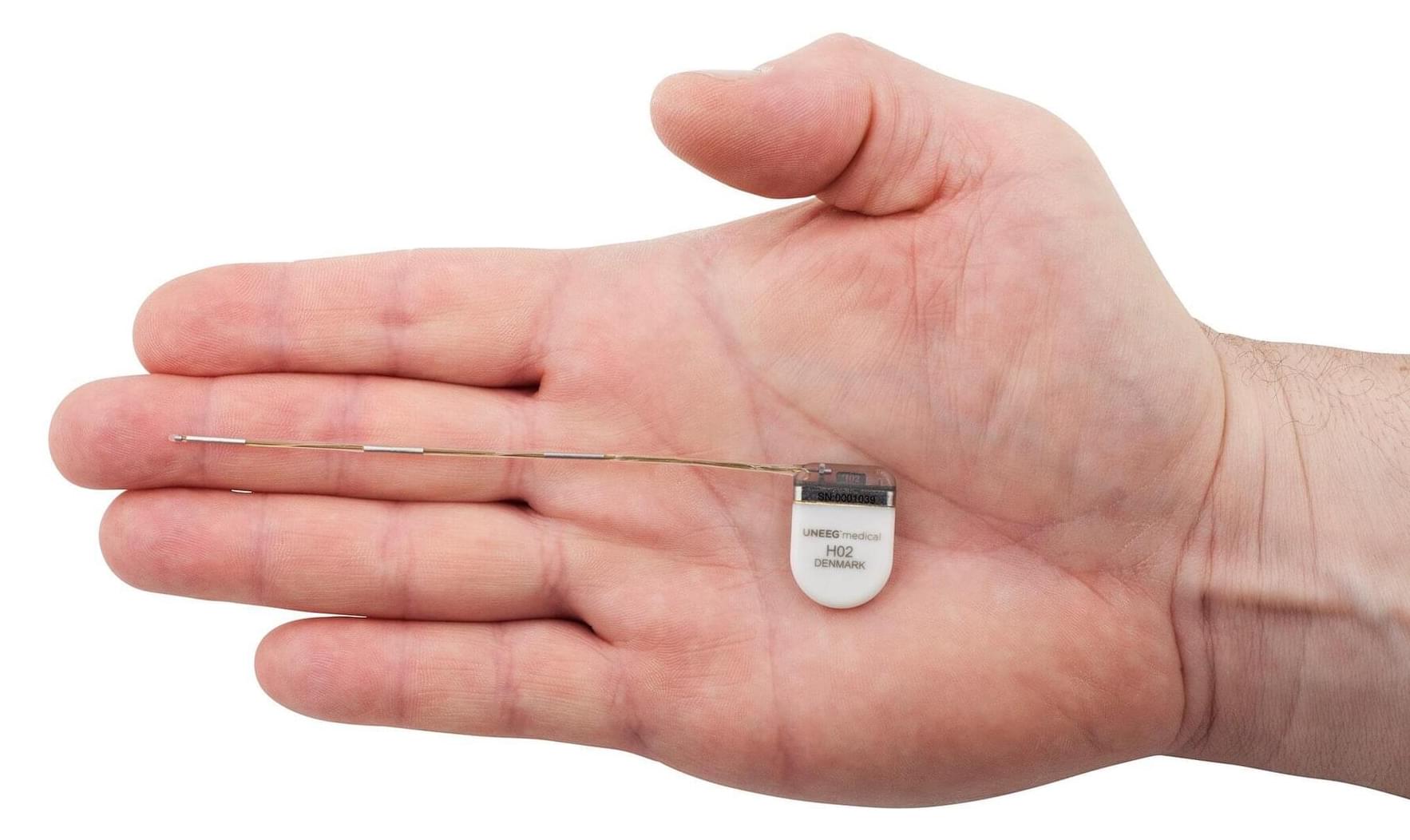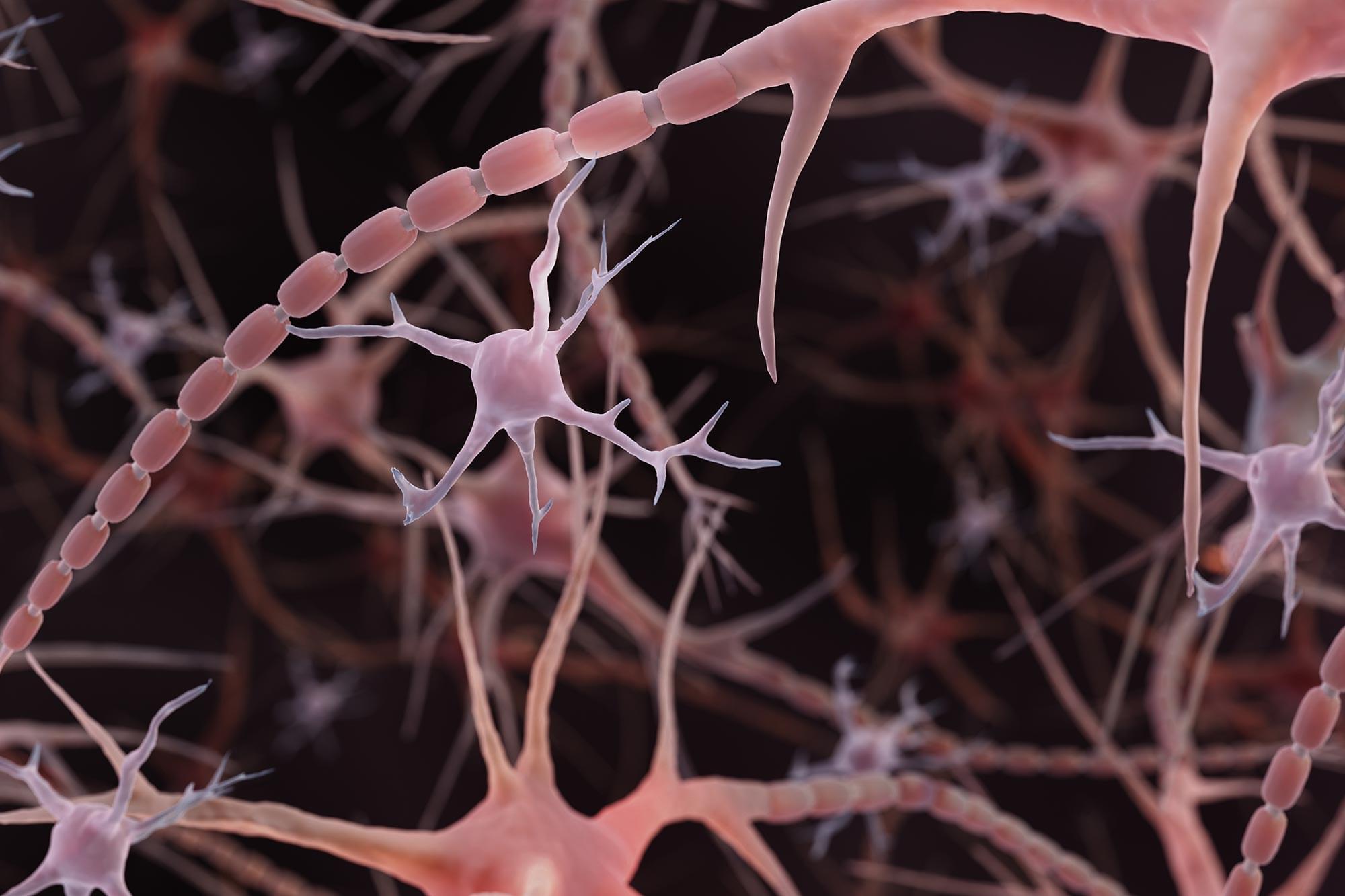A new study reveals young blood, specifically from bone marrow cells, can rejuvenate aging human skin.





The wargaming, which enhances human judgment, has long been a vital method for understanding human decision-making in complex, uncertain environments by harnessing the power of experiential learning.
While traditional wargames offer deep insights into how decisions play out under pressure, their dependence on expert facilitators and labor-intensive design limits their scalability and speed.
APL revealed that Generative Wargaming (GenWar) is a next-generation capability that integrates generative artificial intelligence, modeling and simulation (M&S), and human expertise. GenWar allows the institute to build and run wargames in days instead of months, analyze dozens of alternative futures at scale, and focus human attention on the scenarios that most demand thoughtful deliberation.
During Napoleon’s disastrous retreat from Russia in the bitter cold, his army of 600,000 men was decimated by starvation and disease. A new study identified which pathogens contributed to their demise.
In June 1812, Napoleon I invaded Moscow with 500,000 to 600,000 soldiers, hoping to conquer Russia. However, finding themselves isolated in a ruined city, they decided to retreat that fall, according to study’s authors. Little did they know, however, that the Russian winters would be more brutal than the enemy soldiers’

In an instant, one French surfer’s tropical vacation became a nightmare. On a late afternoon in February 2011, Éric Dargent was riding the waves off Réunion, a small island in the Indian Ocean renowned for its world-class waves, when a shark mangled his left leg. Luckily, a nearby surfer quickly fashioned a tourniquet to stem the bleeding and helped him ashore. Surgeons ended up amputating Dargent’s leg above the knee.
At the time, the attack was seen as unusual. But it turned out to be the beginning of what would become known on Réunion as “la crise requins,” or the shark crisis. Over the next 8 years, sharks attacked 30 people around the island, killing 11—accounting for an extraordinary 18.5% of known global shark fatalities over that period. The attacks earned Réunion infamy as a “shark island,” prompting officials to close its beaches to swimming and surfing, causing immense damage to its lucrative tourism industry.
Scientists, however, flocked to the island. In an effort to understand the outbreak and prevent future attacks, the French government, which oversees Réunion, poured millions of euros into studying shark ecology and behavior, as well as technologies to deter attacks. Réunion soon became a major center for shark attack research, rivaling long-established programs in Australia and South Africa. The work has resulted in scores of scientific papers in a wide range of fields, from ecology to social science, and produced technology now used in other regions to catch dangerous sharks while sparing less threatening animals. It has also fueled controversy—including debates over whether wearable electrical devices designed to repel sharks really work and whether the mass killing of the predators increases beach safety—and exposed deep divides in how people view sharks.

New research from the Institute of Psychiatry, Psychology & Neuroscience (IoPPN) at King’s College London in partnership with the Mayo Clinic and UNEEG medical, has found that an electronic device placed under the scalp is an effective and feasible means of accurately tracking epilepsy.
In their study, published in Epilepsia, researchers demonstrated that seizures can be tracked in the home environment, giving clinicians access to data that could have a dramatic impact on the way in which epilepsy is treated in the future.
Tracking epileptic seizures over time is challenging and relies upon a person keeping a subjective diary. It is an unreliable format, as people with epilepsy can experience seizures without realizing it, due to impairment of consciousness and memory loss, or might misinterpret several symptoms as seizures when they are not. This is particularly important for those with treatment resistant epilepsy, who have ongoing seizures despite treatment with anti-seizure medication—known to occur in around a third of people with epilepsy.

This interstellar traveler could be behind Earth’s sudden deep freeze.
